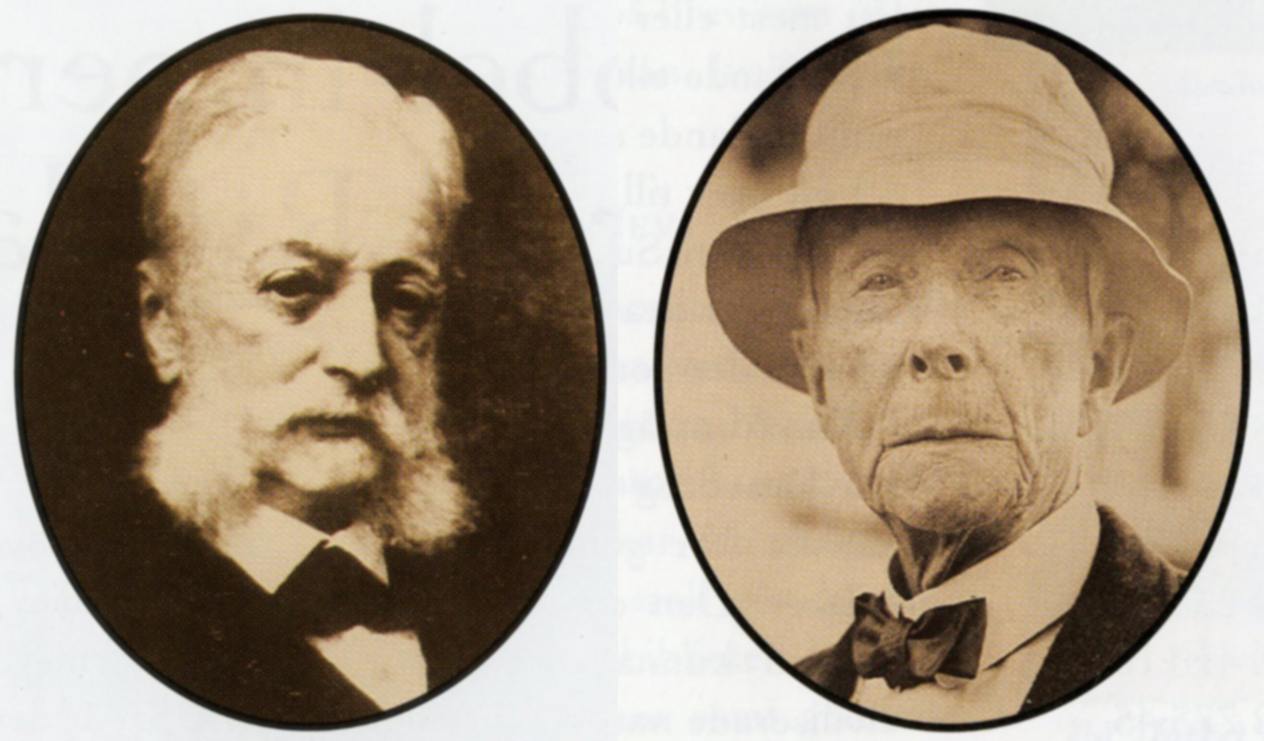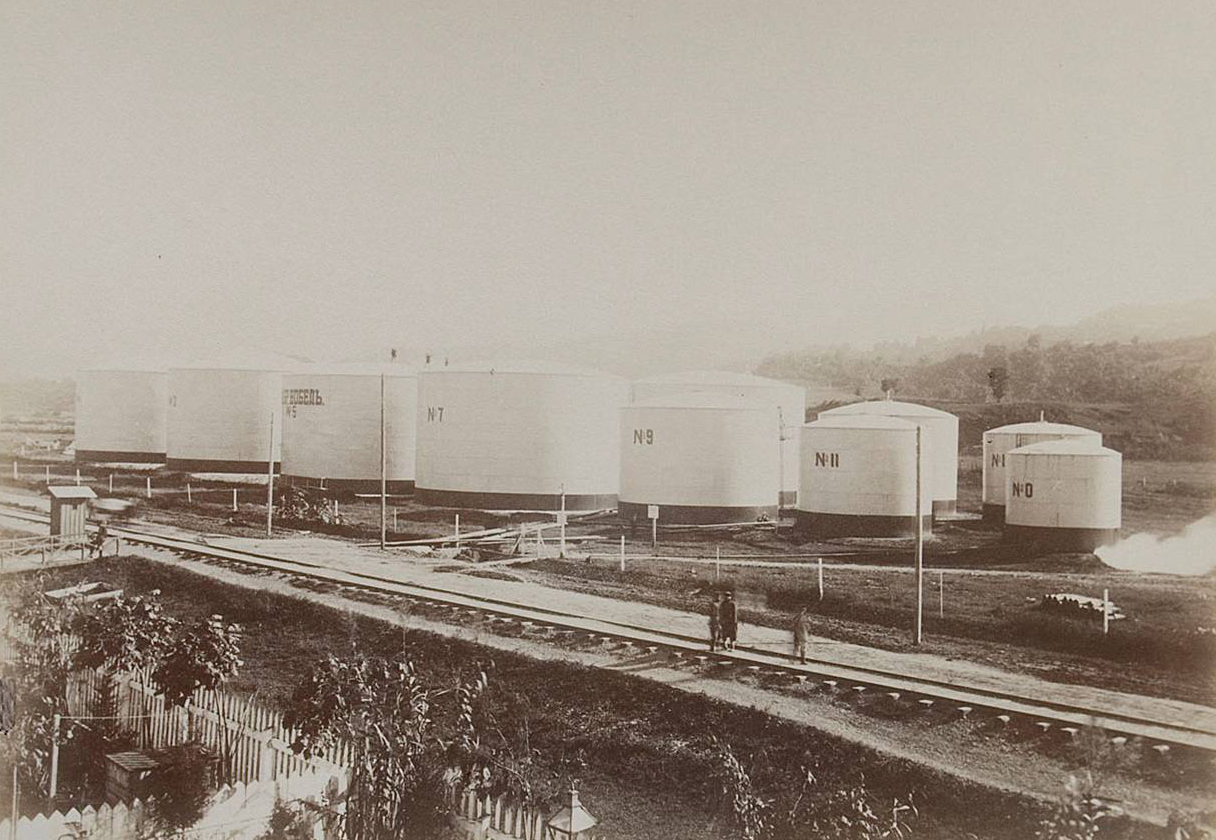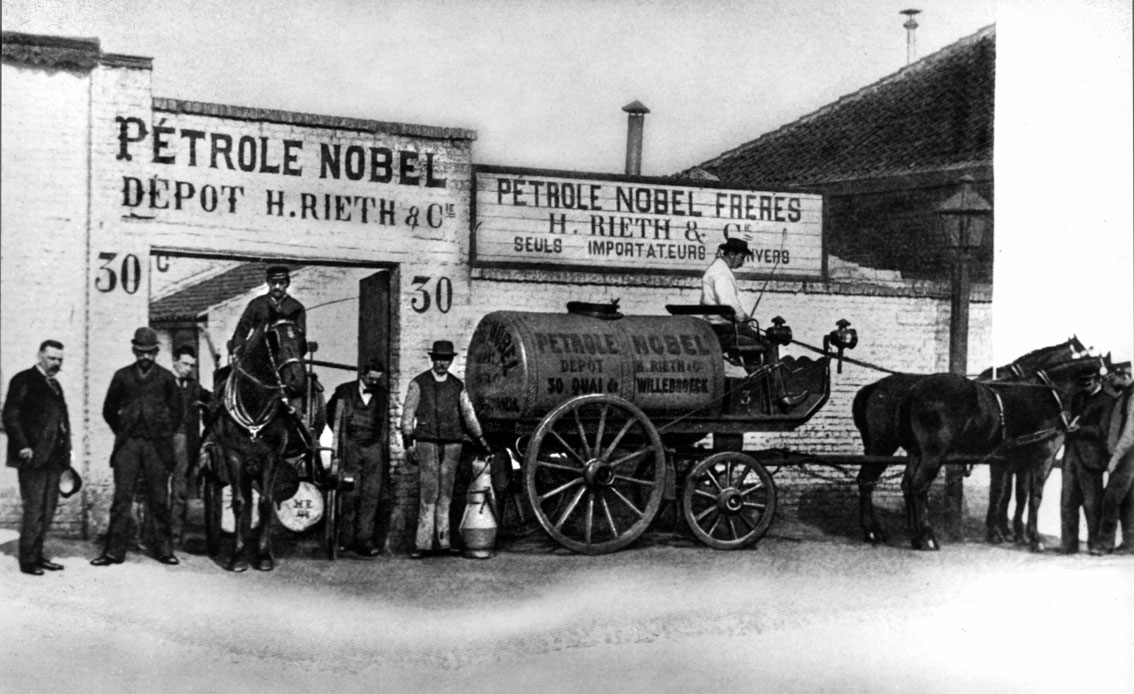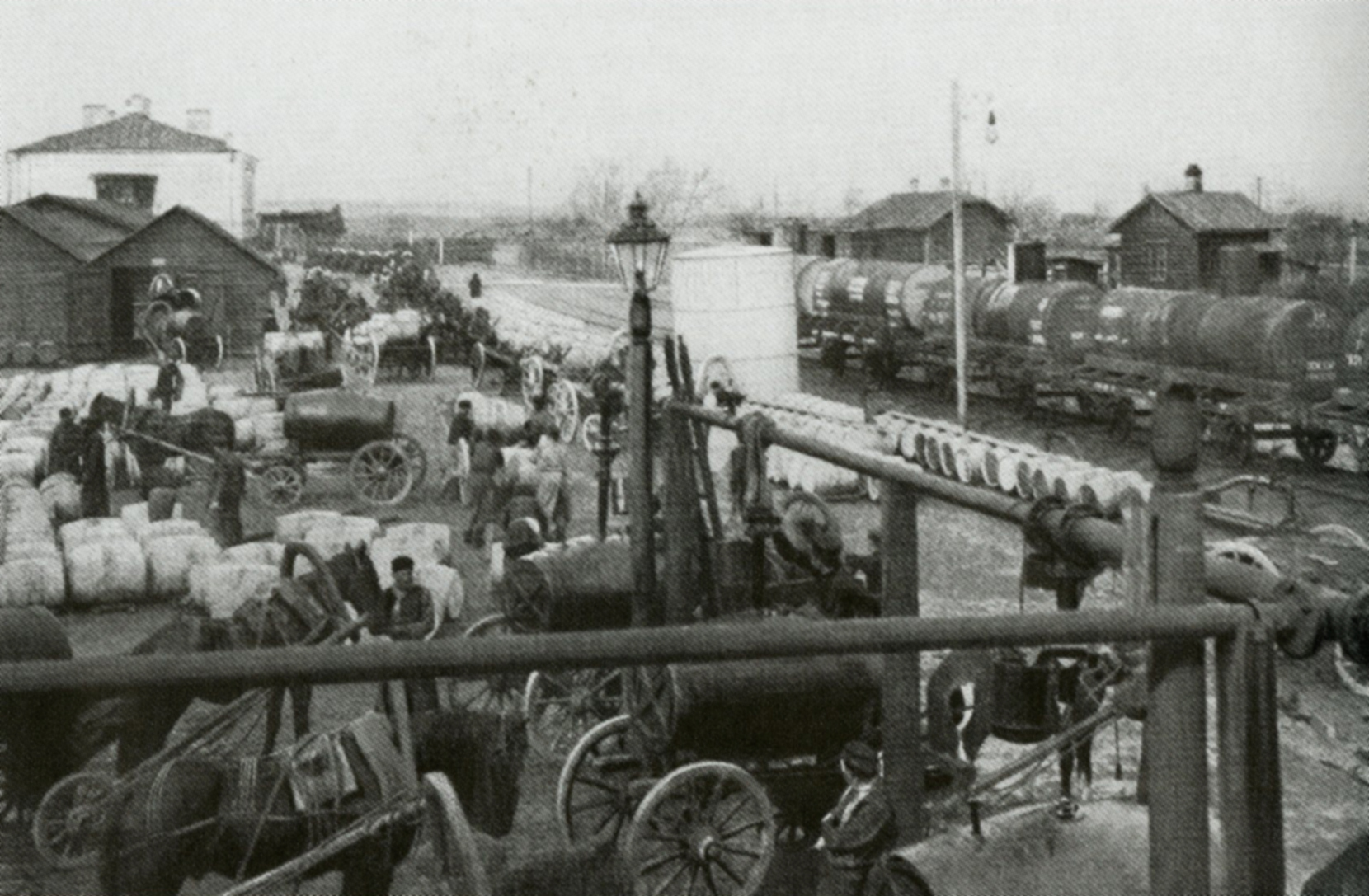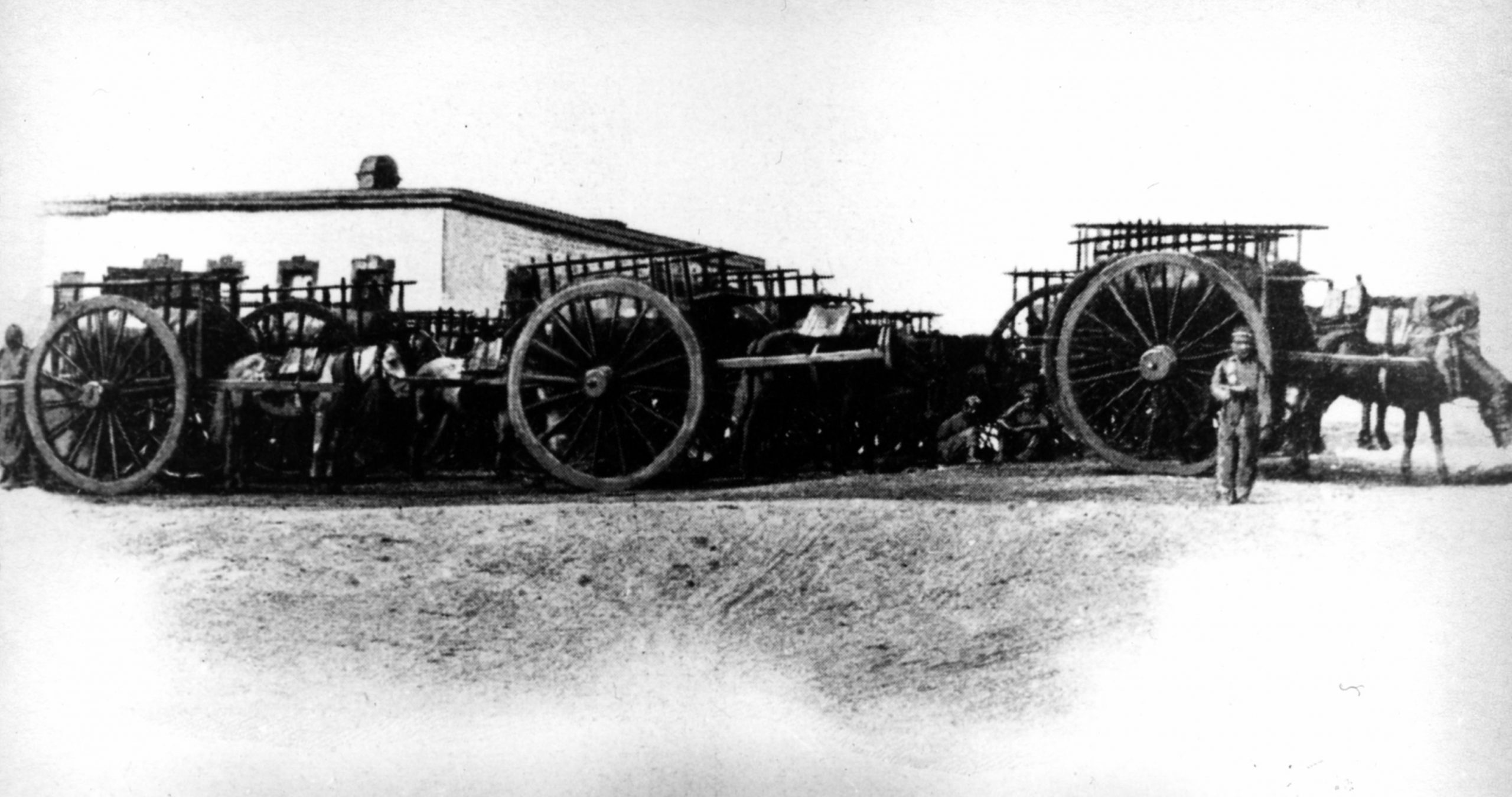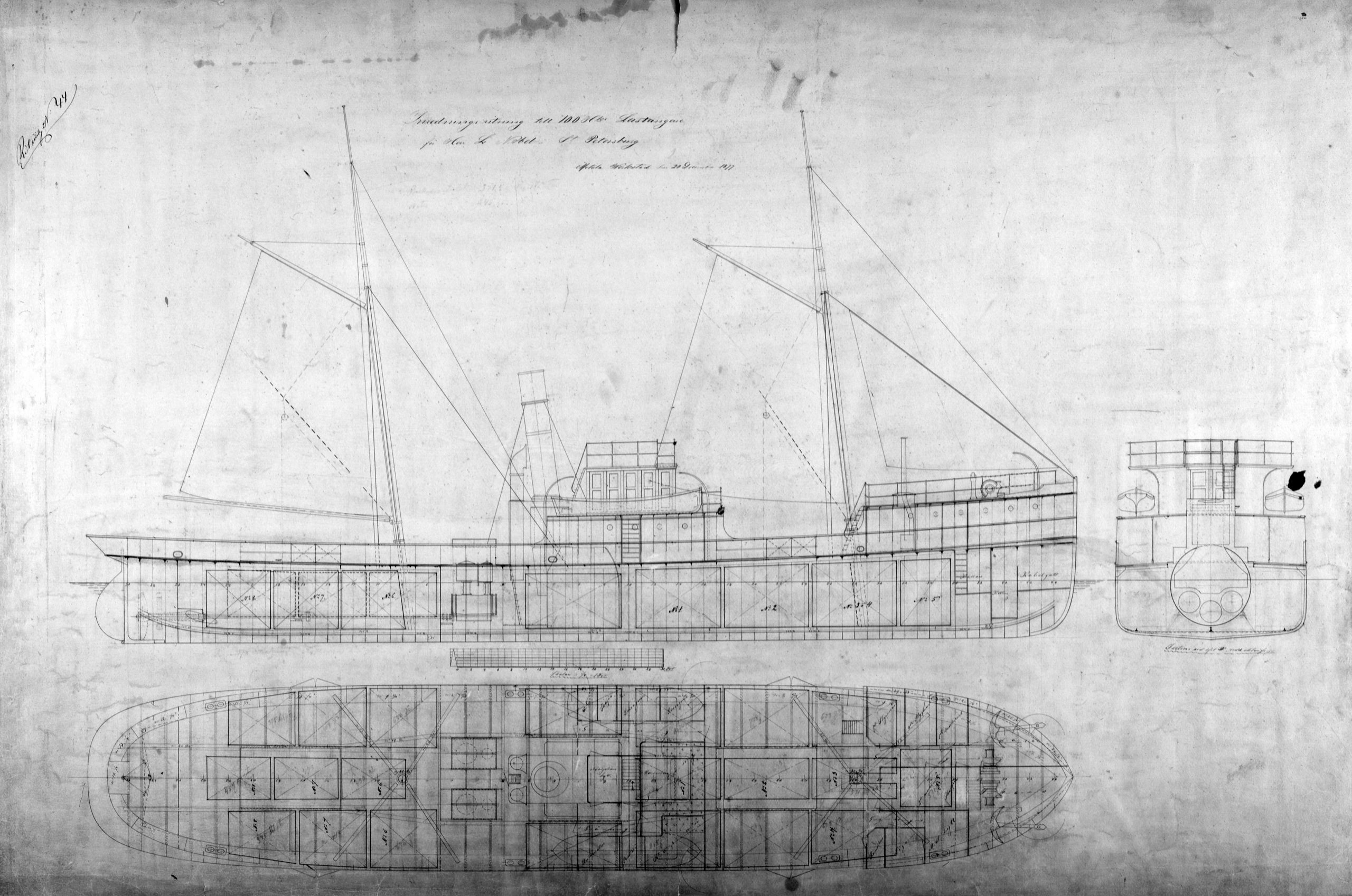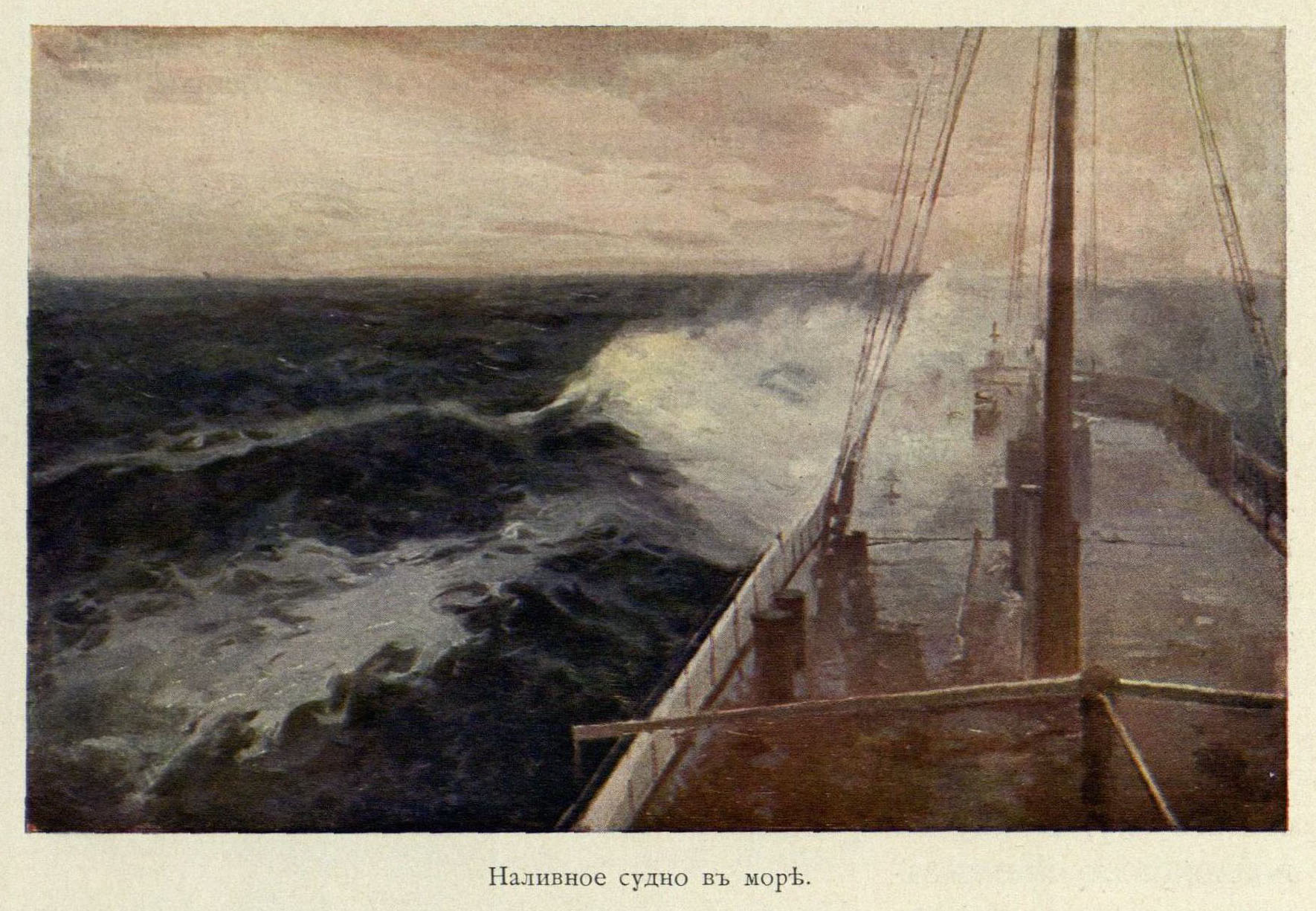
Branobel created and developed an integrated distribution system for its products, from the refineries via railway and tankers to depots and the retail trade. New technology was developed to find markets for residual products, as were fixed routines for deliveries and payments.
Nobels, Rotschilds and Rockfellers, part I
Newly discovered rich oil fields around Baku draw Nobels and Rotschilds into the Transcaucasia. The competition between the two families gets ever tougher in particular because of Batumi port.
Nobels, Rotschilds and Rockfellers, part II
The development of the Caucasus Oil industry directly affects Rockefellers’ “Standard Oil”’s European monopoly. In order to better compete with the latter Ludwig reinforces “Branobel”’s positions in the Black Sea and initiates the building of the longest pipeline through Georgia.
The oil requires tunnels to be built through the Caucasus Mountains
In 1883, an old wish is granted – the railway line connecting Baku to the Caspian Sea at the port of Batum on the Black Sea is complete. This makes it easier to transport Branobel's products to Europe. At the same time, the rich French banking family, the Rothschilds, get involved in the stakes for Baku's oil and competition increases.
The Nobel brothers revolutionise Russian oil management
When Robert Nobel realised the possibilities of oil extraction in Baku on the Caspian Sea, oil management was very primitive. The oil was scooped out of the wells by hand and transported in wooden barrels on carts pulled by donkeys. The Nobel brothers started to build pumps, pipelines, depots and railway tracks. Ludvig Nobel himself constructed the world's first modern tanker. The effect of this was a total industrial transformation of the oil industry.
Nobel spies on his competitor, Rockefeller
When Robert Nobel realised the possibilities of oil extraction in Baku on the Caspian Sea, oil management was very primitive. The oil was scooped out of the wells by hand and transported in wooden barrels on carts pulled by donkeys. So, in 1879, Robert Nobel sends his colleague, Törnqvist, to the USA to obtain information about modern pipelaying at his competitor, Rockefeller's, plants in Pennsylvania.
Ludvig Nobel builds the world’s first modern tanker
The transport of oil on the waterways from Baku to the market in Europe required fresh ideas. With his experiences of building tankers for the Russian navy, Ludvig Nobel became the first person to design and order a tanker built of steel. In 1877, an order was placed at Motala works' shipyards in Norrköping. The vessel was named Zoroaster, after the Iranian philosopher, Zarathustra, whose theses were very popular among Europeans of the time.
By tanker, barge and railway wagon to customers
It is one thing to bring oil to the surface, and quite another to transport it to customers. Around 1880, the Branobel company had to create its own transport system from Baku on the southern border of the Russian Empire. The town of Tsaritsyn, later renamed Stalingrad, became an important hub in the distribution network.

